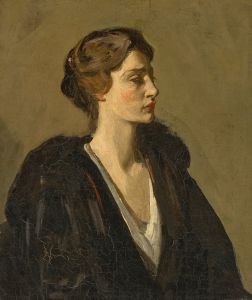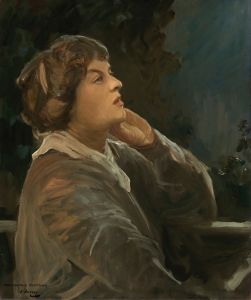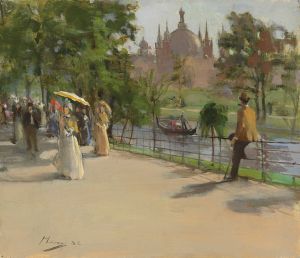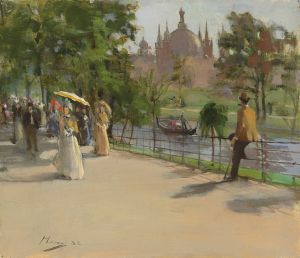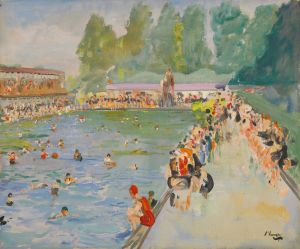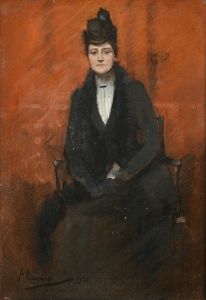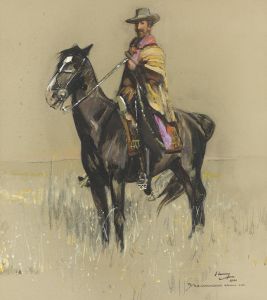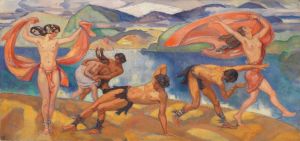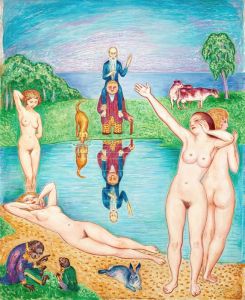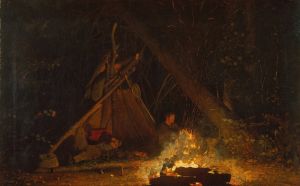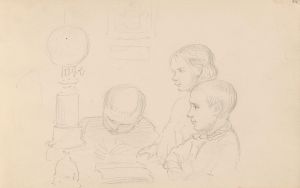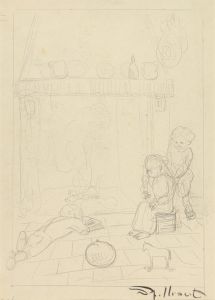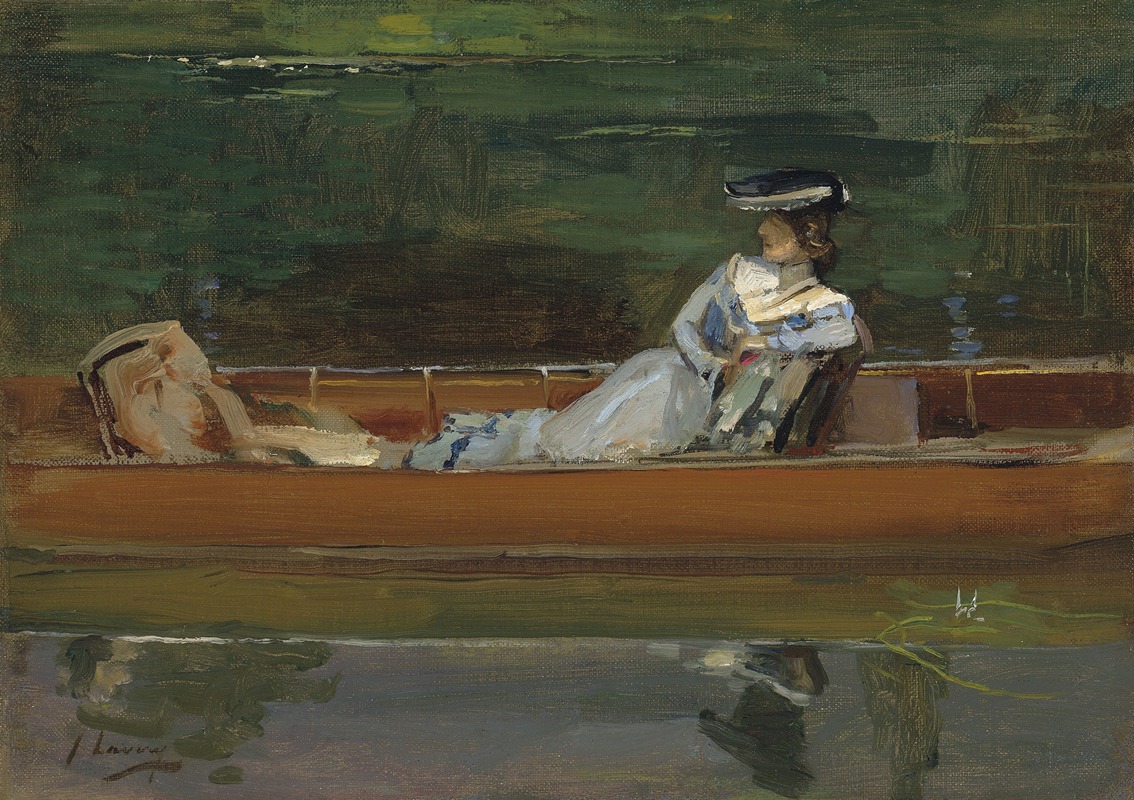
Summertime
A hand-painted replica of Sir John Lavery’s masterpiece Summertime, meticulously crafted by professional artists to capture the true essence of the original. Each piece is created with museum-quality canvas and rare mineral pigments, carefully painted by experienced artists with delicate brushstrokes and rich, layered colors to perfectly recreate the texture of the original artwork. Unlike machine-printed reproductions, this hand-painted version brings the painting to life, infused with the artist’s emotions and skill in every stroke. Whether for personal collection or home decoration, it instantly elevates the artistic atmosphere of any space.
Sir John Lavery's painting "Summertime" is a notable work by the Irish painter, who was renowned for his portraits and genre scenes. Lavery, born in Belfast in 1856, became one of the most prominent artists of his time, celebrated for his ability to capture the essence of his subjects with a refined elegance and a keen eye for detail.
"Summertime" exemplifies Lavery's mastery in portraying leisurely scenes with a sense of tranquility and grace. Although specific details about the painting's creation, such as the exact year it was painted, are not widely documented, it is consistent with Lavery's style during the late 19th and early 20th centuries. This period was marked by his transition from darker, more somber tones to a lighter palette, influenced by his exposure to Impressionism and his travels across Europe.
The painting likely depicts a serene outdoor setting, a common theme in Lavery's work, where he often captured the leisurely pursuits of the upper class. His wife, Hazel Lavery, frequently served as a model for his paintings, and it is possible that she appears in "Summertime," as she did in many of his other works. Hazel was an American socialite and a significant influence on Lavery's career, often introducing him to influential circles and serving as a muse for his artistic endeavors.
Lavery's technique in "Summertime" would have involved a careful composition and a delicate application of color, capturing the play of light and shadow typical of a sunlit scene. His brushwork, while precise, would have aimed to convey the softness and warmth of a summer day, inviting viewers into the idyllic world he depicted.
Throughout his career, Lavery was associated with several art movements, including the Glasgow Boys in Scotland, where he spent part of his early career. His work was also influenced by the Impressionists, whom he encountered during his studies in Paris. This influence is evident in his use of light and color, as well as his focus on capturing moments of everyday life with a sense of immediacy and vibrancy.
"Summertime" would have been well-received by Lavery's contemporaries, as his work was highly regarded in both the United Kingdom and internationally. He exhibited widely, including at the Royal Academy in London, and his paintings were collected by notable patrons and institutions.
In summary, while specific details about "Summertime" are limited, the painting is a testament to Sir John Lavery's skill in capturing the beauty and leisure of the Edwardian era. His ability to blend traditional portraiture with the influences of modern art movements made him a pivotal figure in the art world of his time. Lavery's legacy continues to be celebrated, with his works held in major collections and museums, reflecting his enduring impact on the art of portraiture and genre painting.







